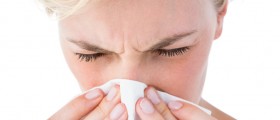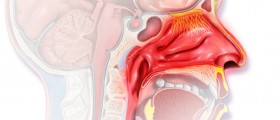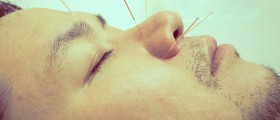
The nose
The nose is an organ that is very important part of the respiratory system and it has two roles. The first role is to warm and clean the air we breathe, and second role is related to smell or taste. It is normal that every person produces mucus each day because it helps with cleaning and moisturizing of the respiratory system, but in the end, the mucus is moved to the back of the throat and eventually swallowed.
The nose is consisted of two nostrils, right and left, which are separated by the septum. Turbinates are bony projections in the nose and there are three of them on each side of the nose. Furthermore, there also sinuses, which are four paired chambers filled with air that emptoes into the nasal cavity. The main cause of the sinuses is not known, but there are some speculations that they are present to lighten the skull.
Rhinitis and post-nasal drip
Rhinitis is a common condition marked by the inflammation of the inner lining of the nose, and the most common symptoms are runny nose, which is medically called rhinorrhea, nasal congestion and nasal itching, and sneezing. Post-nasal drip is the condition when mucus builds up in the back of the nose and throat. It is called post nasal drip because it produces the sensation of mucus dripping downward from the back of the nose. Post nasal drip is one of the most ordinary features of chronic rhinitis, and it is a disorder that may cause a chronic sore throat and chronic cough. This condition occurs because of excessive or thick secretions of mucus.
Causes of rhinitis
Rhinitis can vary in the degree of severity and may be acute or chronic. Furthermore, the causes for the occurrence of rhinitis are numerous and various. Allergic rhinitis, which is caused by allergies and is marked by an itchy and runny nose, sneezing, and nasal congestion is one of the most common causes for the incidence of rhinitis The other symptoms that appear with allergic rhinitis are red or watery eyes, problems with Eustachian tube, fatigue, sleeplessness, lack of concentration, and headaches, as well as facial tenderness. People who suffer from allergic rhinitis may also experience asthma and eczema, as well. Seasonal allergic rhinitis, or popularly known as hay fever, may also appear because of pollen in the air. Perennial allergic rhinitis is a chronic rhinitis caused by indoor allergens, such as dust.

















Your thoughts on this
Loading...